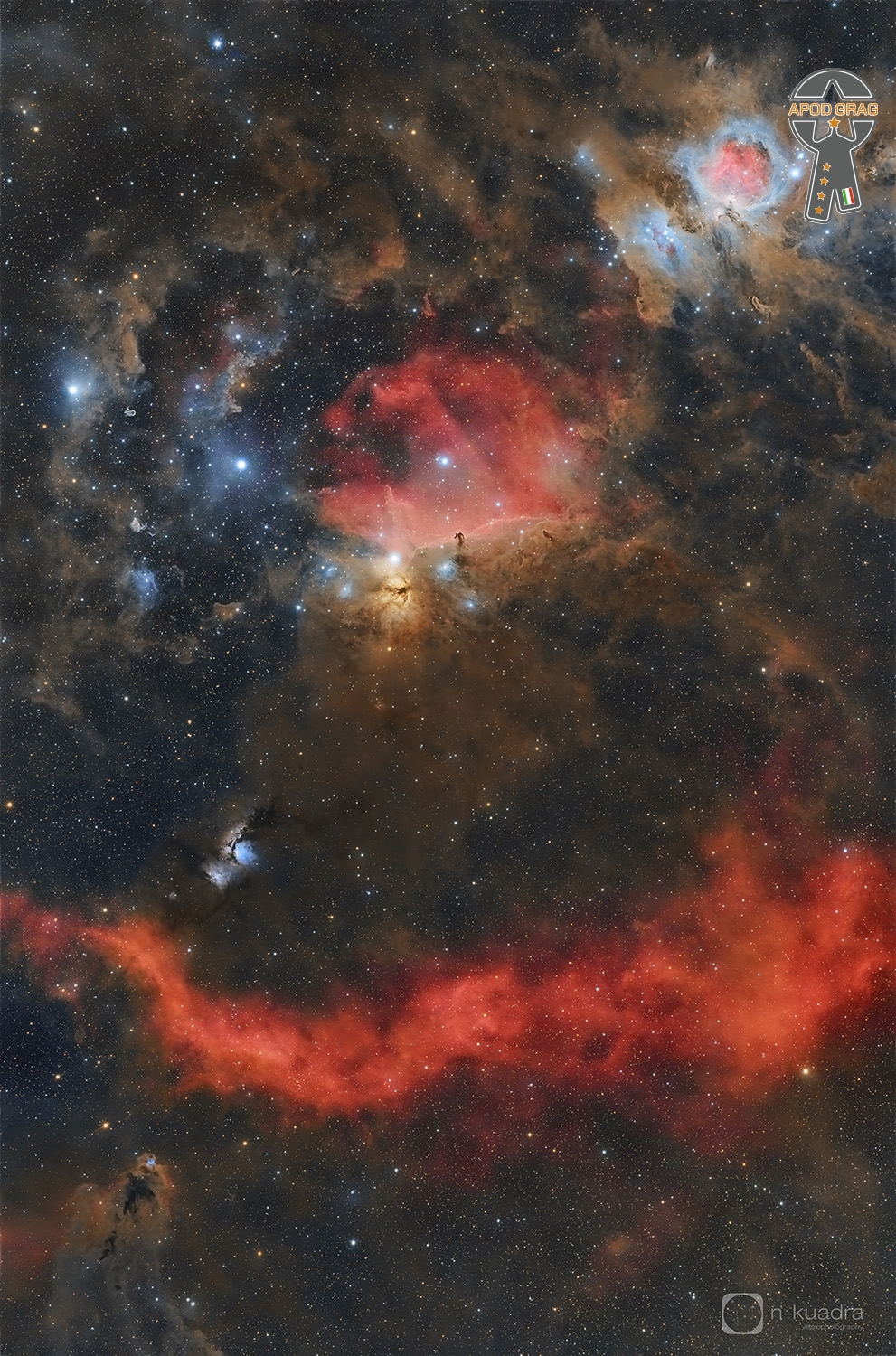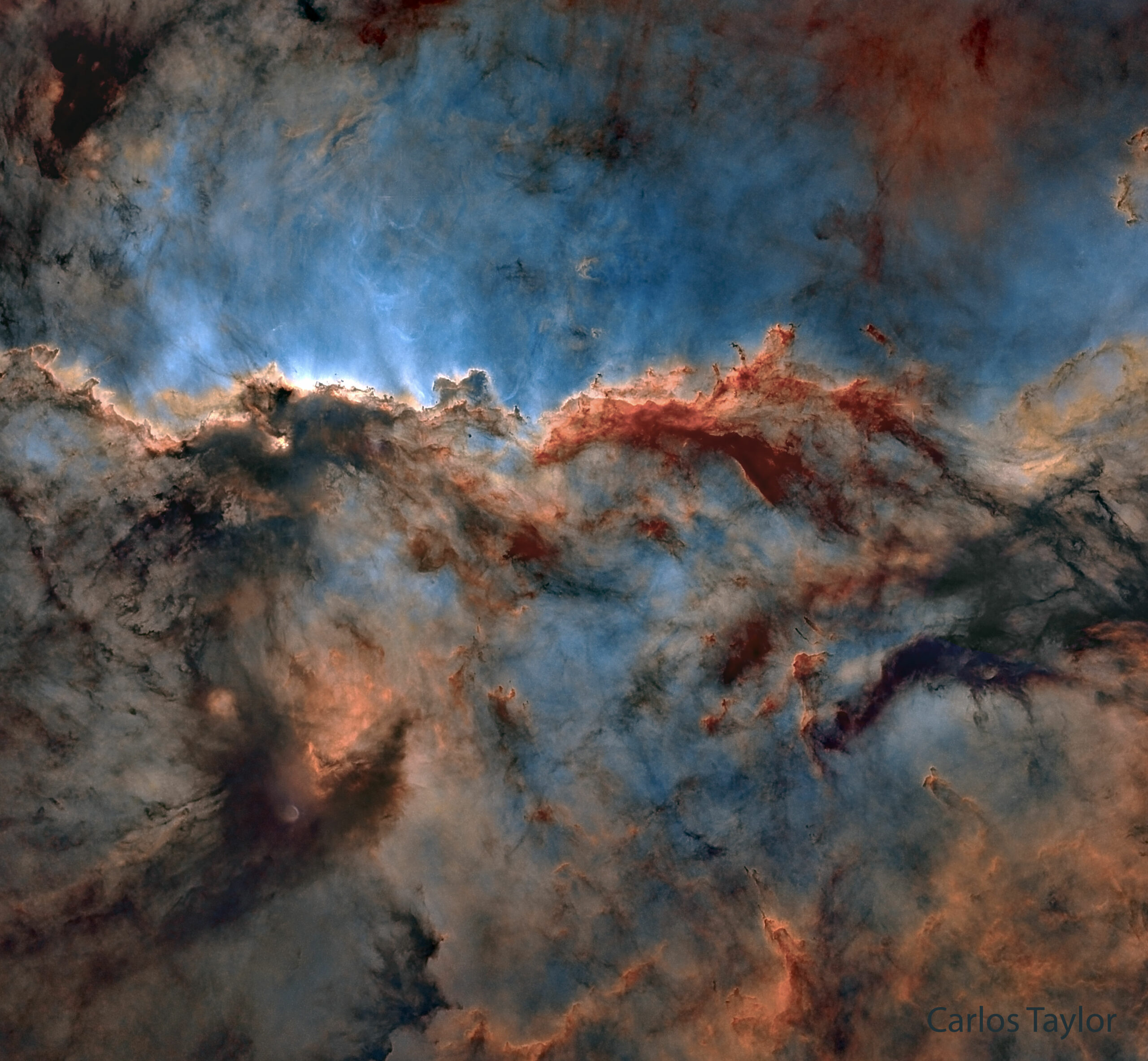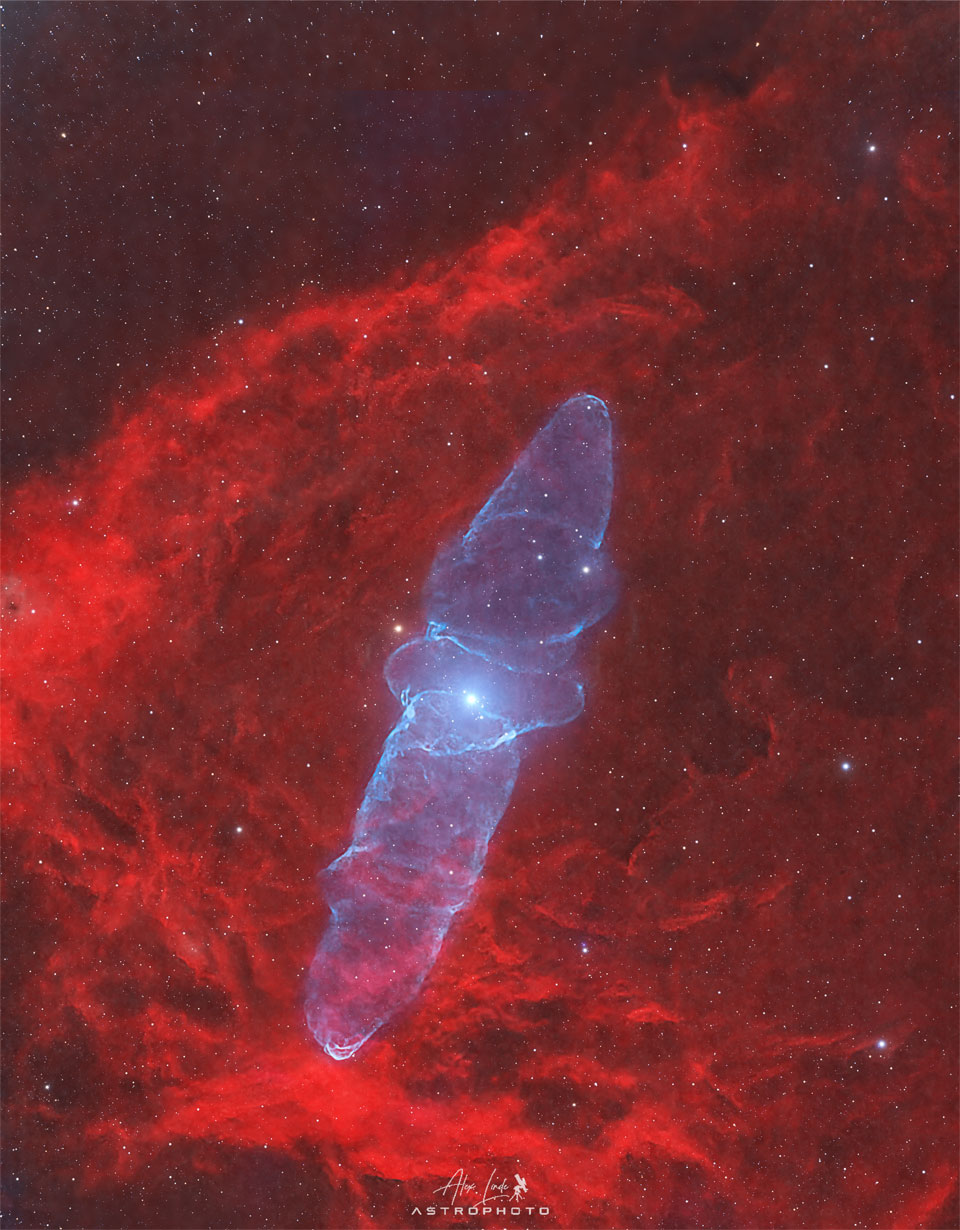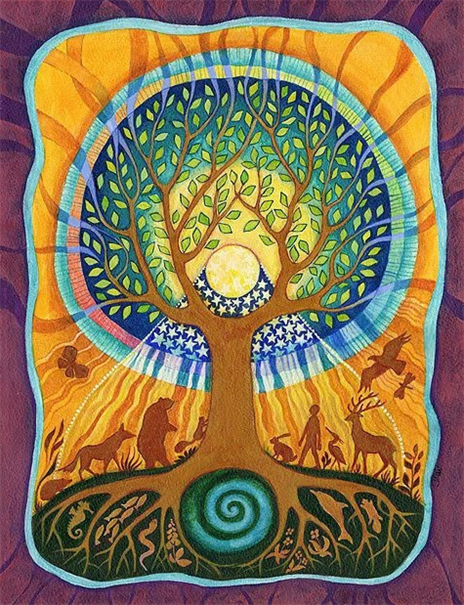Blog
The Orion constellation is a celestial treasure. It houses iconic nebulae such as the Horsehead and Flame, the Boogeyman, m78 among many others, highlighting the complexity of star formation. The three stars of Orion’s belt, together with the Orion Nebula, complete this captivating astronomical setting. Its cosmic wonders invite you to explore the richness and beauty of the nocturnal universe.

Chester Burton Atkins (June 20, 1924 – June 30, 2001 Luttrell, Tennessee), also known as “Mr. Guitar” and “The Country Gentleman“, was an American musician who, along with Owen Bradley and Bob Ferguson, helped create the Nashville sound, the country music style which expanded its appeal to adult pop music fans. He was primarily a guitarist, but he also played the mandolin, fiddle, banjo, and ukulele, and occasionally sang.
Atkins’s signature picking style was inspired by Merle Travis. Other major guitar influences were Django Reinhardt, George Barnes, Les Paul, and, later, Jerry Reed.His distinctive picking style and musicianship brought him admirers inside and outside the country scene, both in the United States and abroad. Atkins spent most of his career at RCA Victor and produced records for the Browns, Hank Snow, Porter Wagoner, Norma Jean, Dolly Parton, Dottie West, Perry Como, Floyd Cramer, Elvis Presley, the Everly Brothers, Eddy Arnold, Don Gibson, Jim Reeves, Jerry Reed, Skeeter Davis, Waylon Jennings, Roger Whittaker, Ann-Margret and many others.
Rolling Stone credited Atkins with inventing the “popwise ‘Nashville sound’ that rescued country music from a commercial slump” and ranked him number 21 on their list of “The 100 Greatest Guitarists of All Time”. In 2023, Atkins was named the 39th best guitarist of all time. Among many other honors, Atkins received 14 Grammy Awards and the Grammy Lifetime Achievement Award. He also received nine Country Music Associationawards for Instrumentalist of the Year. He was inducted into the Rock and Roll Hall of Fame, the Country Music Hall of Fame and Museum, and the Musicians Hall of Fame and Museum. George Harrison was also inspired by Chet Atkins; early Beatles songs such as “All My Loving” show the influence.
more...Eric Allan Dolphy Jr. (June 20, 1928 – June 29, 1964) was an American jazz multi-instrumentalist and bandleader. Primarily an alto saxophonist, bass clarinetist, and flautist, Dolphy was one of several multi-instrumentalists to gain prominence during the same era. His use of the bass clarinet helped to establish the unconventional instrument within jazz. Dolphy extended the vocabulary and boundaries of the alto saxophone, and was among the earliest significant jazz flute soloists.
His improvisational style was characterized by the use of wide intervals, in addition to employing an array of extended techniques to emulate the sounds of human voices and animals. He used melodic lines that were “angular, zigzagging from interval to interval, taking hairpin turns at unexpected junctures, making dramatic leaps from the lower to the upper register.” Although Dolphy’s work is sometimes classified as free jazz, his compositions and solos were often rooted in conventional (if highly abstracted) tonal bebop harmony.
Dolphy was born and raised in Los Angeles. His parents were Sadie and Eric Dolphy, Sr., who immigrated to the United States from Panama. He began music lessons at age six, studying clarinet and saxophone privately. While still in junior high, he began to study the oboe, aspiring to a professional symphonic career, and received a two-year scholarship to study at the music school of the University of Southern California. On June 27, 1964, Dolphy traveled to Berlin to play with a trio led by Karl Berger at the opening of a jazz club called The Tangent.He was apparently seriously ill when he arrived, and during the first concert was barely able to play. He was hospitalized that night, but his condition worsened. On June 29, Dolphy died after falling into a diabetic coma. While certain details of his death are still disputed, it is largely accepted that he fell into a coma caused by undiagnosed diabetes. The liner notes to the Complete Prestige Recordings box set say that Dolphy “collapsed in his hotel room in Berlin and when brought to the hospital he was diagnosed as being in a diabetic coma. After being administered a shot of insulin he lapsed into insulin shock and died”.
more...These dragons are illusions made of thin gas and dust. The emission nebula NGC 6188, home to the glowing clouds, is found about 4,000 light years away near the edge of a large molecular cloud, unseen at visible wavelengths, in the southern constellation Ara (the Altar). Massive, young stars of the embedded Ara OB1 association were formed in that region only a few million years ago, sculpting the dark shapes and powering the nebular glow with stellar winds and intense ultraviolet radiation. The recent star formation itself was likely triggered by winds and supernova explosions from previous generations of massive stars, that swept up and compressed the molecular gas. This impressively detailed image spans over 2 degrees (four full Moons), corresponding to over 150 light years at the estimated distance of NGC 6188.

more...
John Stein (June 19th 1949)is a jazz guitarist and teacher from Kansas City, Missouri.
A native of Kansas City, Missouri, Stein took his first guitar lesson when he was seven and his first jazz lesson when he was thirteen. In 1967, he attended Beloit College, but he dropped out and moved to Vermont. He worked in local clubs playing rock music, then took jazz lessons from a pianist. When he was thirty, he attended the Berklee College of Music and taught there after he graduated. He received a master’s degree in education from Harvard and also plays double bass. His first album, Hustle Up!, was released in 1995.
more...Shirley Mae Goodman (June 19, 1936 – July 5, 2005) was an American R&B singer, best known as one half of Shirley & Lee, a 1950s duo. Later in her career, she had a resurgence as part of the group Shirley and Company with the disco hit “Shame, Shame, Shame” in the 1970s.
Goodman was born in New Orleans, Louisiana, United States. After singing in churchchoirs, she recorded her first demo with a group of friends in 1950. Some months later, her solo voice caught the attention of Aladdin Records owner Eddie Messner, who tracked her down and paired her as a duo with another school friend, Leonard Lee(June 29, 1935 – October 23, 1976).
more...Willis Robert “Billy” Drummond Jr. (born June 19, 1959) is an American jazz drummer.
Billy Drummond was born in Newport News, Virginia, where he grew up listening to the extensive jazz record collection of his father, an amateur drummer and jazz enthusiast. He started playing the drums at four and was performing locally in his own band by the age of eight, and playing music with other kids in the neighborhood, including childhood friends Victor Wooten and the other Wooten brothers, who lived a few doors away and through whom he met Consuela Lee Moorehead, composer, arranger, music theory professor, and the founder of the Springtree/Snow Hill Institute for the Performing Arts. He attended Shenandoah College and Conservatory of Music on a Classical Percussion scholarship and, upon leaving school, became a member of a local Top 40 band called The Squares with bassist Oteil Burbridge.
A sideman on over 350 records, Drummond has played and recorded with, among others, Bobby Hutcherson, Nat Adderley, Ralph Moore, Buster Williams, Charles Tolliver, Lew Tabackin and Toshiko Akiyoshi, Hank Jones, James Moody, Sonny Rollins, Andy LaVerne, Lee Konitz, Dave Stryker, George Colligan, Ted Rosenthal, Bruce Barth, Joe Lovano, Andrew Hill, Larry Willis, Toots Thielmans, Freddie Hubbard, Chris Potter, Eddie Gómez, Stanley Cowell, Javon Jackson, and Sheila Jordan. He is a long-time member of Carla Bley‘s Lost Chords Quartet, Sheila Jordan‘s Quartet, and the Steve Kuhn Trio.
more...Ernest Ranglin OJ OD (born 19 June 1932) is a Jamaican guitarist and composer who established his career while working as a session guitarist and music director for various Jamaican record labels, including Studio One and Island Records. Ranglin played guitar on many early ska recordings and helped create the rhythmic guitar style that defined the form. He has worked with Theophilus Beckford, Jimmy Cliff, Monty Alexander, Prince Buster, the Skatalites, Bob Marley and the Eric Deans Orchestra. Ranglin is noted for a chordal and rhythmic approach that blends jazz, mento and reggae with percussive guitar solos incorporating rhythm ‘n’ blues and jazz inflections.
Ernest Ranglin was born in Manchester, Jamaica. His family moved to Kingston, where he attended the Providence Primary School, Kingston Senior School and Bodin College. Ranglin’s introduction to music was through two uncles who both played guitar.Initially a self-taught guitarist, he received some tutoring on how to sight-read from a violin player named Tommy Tomlins. At the age of 15, Ranglin joined the Val Bennett Orchestra, which was followed by a period of employment with the Eric Deans Orchestra. While performing locally with these orchestras, Ranglin was introduced to the jazz pianist Monty Alexander, which led to a lifelong friendship as well as numerous musical collaborations.
more...Squids on Earth aren’t this big. This mysterious squid-like cosmic cloud spans nearly three full moons on planet Earth’s sky. Discovered in 2011 by French astro-imager Nicolas Outters, the Squid Nebula’s bipolar shape is distinguished here by the telltale blue emission from doubly ionized oxygen atoms. Though apparently surrounded by the reddish hydrogen emission region Sh2-129, the true distance and nature of the Squid Nebula have been difficult to determine. Still, one investigation suggests Ou4 really does lie within Sh2-129 some 2,300 light-years away. Consistent with that scenario, the cosmic squid would represent a spectacular outflow of material driven by a triple system of hot, massive stars, cataloged as HR8119, seen near the center of the nebula. If so, this truly giant squid nebula would physically be over 50 light-years across.

Sir James Paul McCartney CH MBE (born 18 June 1942) is an English singer, songwriter and musician who gained worldwide fame with the Beatles, for whom he played bass guitar and shared primary songwriting and lead vocal duties with John Lennon. One of the most successful composers and performers of all time, McCartney is known for his melodic approach to bass-playing, versatile and wide tenor vocal range, and musical eclecticism, exploring genres ranging from pre–rock and roll pop to classical, ballads, and electronica. His songwriting partnership with Lennon is the most successful in modern music history.
Born in Liverpool, McCartney taught himself piano, guitar, and songwriting as a teenager, having been influenced by his father, a jazz player, and rock and roll performers such as Little Richard and Buddy Holly. He began his career when he joined Lennon’s skiffle group, the Quarrymen, in 1957, which evolved into the Beatles in 1960. Sometimes called “the cute Beatle”, McCartney later immersed himself in the London avant-garde scene and played a key role in incorporating experimental aesthetics into the Beatles’ studio productions. Starting with the 1967 album Sgt. Pepper’s Lonely Hearts Club Band, he gradually became the band’s de facto leader, providing creative impetus for most of their music and film projects. Many of his Beatles songs, including “And I Love Her“, “Yesterday“, “Eleanor Rigby“, and “Blackbird“, rank among the most covered songs in history. Although primarily a bassist with the Beatles, he played a number of other instruments, including keyboards, guitars, and drums, on various songs.
After the Beatles disbanded, he debuted as a solo artist with the 1970 album McCartneyand went on to form the band Wings with his first wife, Linda, and Denny Laine. Under McCartney’s leadership, Wings became one of the most successful bands of the 1970s. He wrote or co-wrote their US or UK number-one hits, such as “My Love“, “Band on the Run“, “Listen to What the Man Said“, “Silly Love Songs“, and “Mull of Kintyre“. He resumed his solo career in 1980 and has been touring as a solo artist since 1989. Apart from Wings, his UK or US number-one hits include “Uncle Albert/Admiral Halsey” (with Linda), “Coming Up“, “Pipes of Peace“, “Ebony and Ivory” (with Stevie Wonder), and “Say Say Say” (with Michael Jackson). Beyond music, he has been involved in projects to promote international charities related to animal rights, seal hunting, land mines, vegetarianism, poverty, and music education.
McCartney has written or co-written a record 32 songs that have topped the BillboardHot 100 and, as of 2009, he had sales of 25.5 million RIAA-certified units in the US. His honours include two inductions into the Rock and Roll Hall of Fame (as a member of the Beatles in 1988 and as a solo artist in 1999), an Academy Award, a Primetime Emmy Award, 18 Grammy Awards, an appointment as a Member of the Order of the British Empire in 1965, and a knighthood in 1997 for services to music. As of 2024, he is one of the wealthiest musicians in the world, with an estimated fortune of £1 billion.
more...Don Francis Bowman “Sugarcane” Harris (June 18, 1938 – November 30, 1999) was an American blues and rock and roll violinist and guitarist. He is considered a pioneer in the amplification of the violin.
Career
Harris was born and raised in Pasadena, California, United States. His parents were carnival entertainers. As a youth, he studied classical violin, and learned additional instruments including harmonica, piano and guitar.
Harris began performing with a doo-wop group, The Squires, which included his childhood friend, the pianist Dewey Terry. The Squires recorded for Vita Records.Harris performed in Little Richard’s band in the 1960s.
more...Ray McKinley (June 18, 1910 – May 7, 1995) was an American jazz drummer, singer, and bandleader. He played drums and later led the Major Glenn Miller Army Air Forces Orchestra in Europe. He also led the new Glenn Miller Orchestra in 1956.
Born in Fort Worth, Texas, United States, McKinley’s parents bought him his first drum set at the age of nine. Soon after he began playing with a local band called The Jolly Jazz Band in the Dallas–Fort Worth area. He left home when he was 15 and played with Milt Shaw’s Detroiters and the Smith Ballew and Duncan-Marin bands. His first substantial professional engagement came in 1934 with the Dorsey Brothers’ Orchestra. It was with the Smith Ballew band in 1929 that McKinley met Glenn Miller. The two formed a friendship that lasted from 1929 until Miller’s death in 1944. McKinley and Miller joined the Dorsey Brothers in 1934. Miller left for Ray Noble in December 1934, while McKinley remained.
The Dorsey brothers split in 1935, with McKinley remaining with Jimmy Dorsey until 1939, when he joined Will Bradley, becoming co-leader. McKinley’s biggest hit with Bradley, as a singer, was “Beat Me Daddy, Eight to the Bar“, which he recorded early in the year 1940 (and for which he got partial songwriting credit under his wife’s maiden name Eleanore Sheehy). McKinley is referred to as “Eight Beat Mack” in the lyrics to the song “Down the Road a Piece,” which he recorded as a trio with Will Bradley and Freddie Slack in 1940. This was the earliest recording of the song, which was written specifically for Bradley’s band by Don Raye.
more...Ray Bauduc (June 18, 1906 – January 8, 1988) was an American jazz drummer best known for his work with the Bob Crosby Orchestra and their band-within-a-band, the Bobcats, between 1935 and 1942. He is also known for his shared composition of “Big Noise from Winnetka,” a jazz standard.
Bauduc was born in New Orleans, Louisiana, United States. He was the son of cornetist Jules Bauduc. His older brother, Jules Jr., was a banjoist and bandleader. His sister was also a musician, a pianist. Bauduc’s youthful work in New Orleans included performing in the band of Johnny Bayersdorffer, and on radio broadcasts. His New Orleans origin instilled in him a love for two-beat drumming, which he retained when he played with Bob Crosby’s swing-era big band. In 1926, he moved to New York City to join Joe Venuti‘s band. His other work in the 1920s included recording with the Original Memphis Five and the Scranton Sirens, which included Tommy Dorsey and Jimmy Dorsey.
more...More Posts
- The Cosmos with NGC 6872 & IC 4970
- Paul McCartney Day
- William Hooker Day
- Rudy Rutherford Day
- World Fusion with Manika Kaur
- Daily Roots with the Congos
- Happy Fathers Day 2018
- The Cosmos with RCW 108
- Chuck Rainey Day
- Sing Miller Day
- World Music with Corvus Corax
- Daily Roots with ITSJAHMIEL
- The Cosmos with NGC 3372
- Lucky Thompson Day
- World Music with Sherrifo Konteh
- Daily Roots with Culture
- The Cosmos with NGC 3190
- Jaki Byard Day
- Erroll Garner Day

